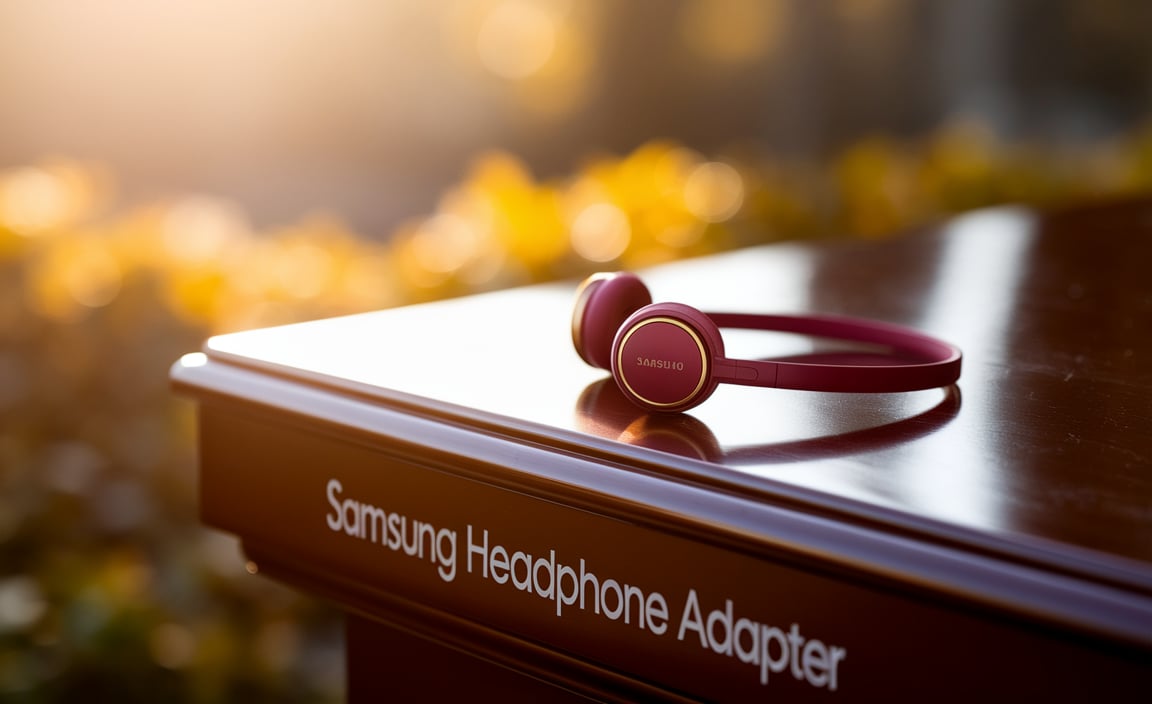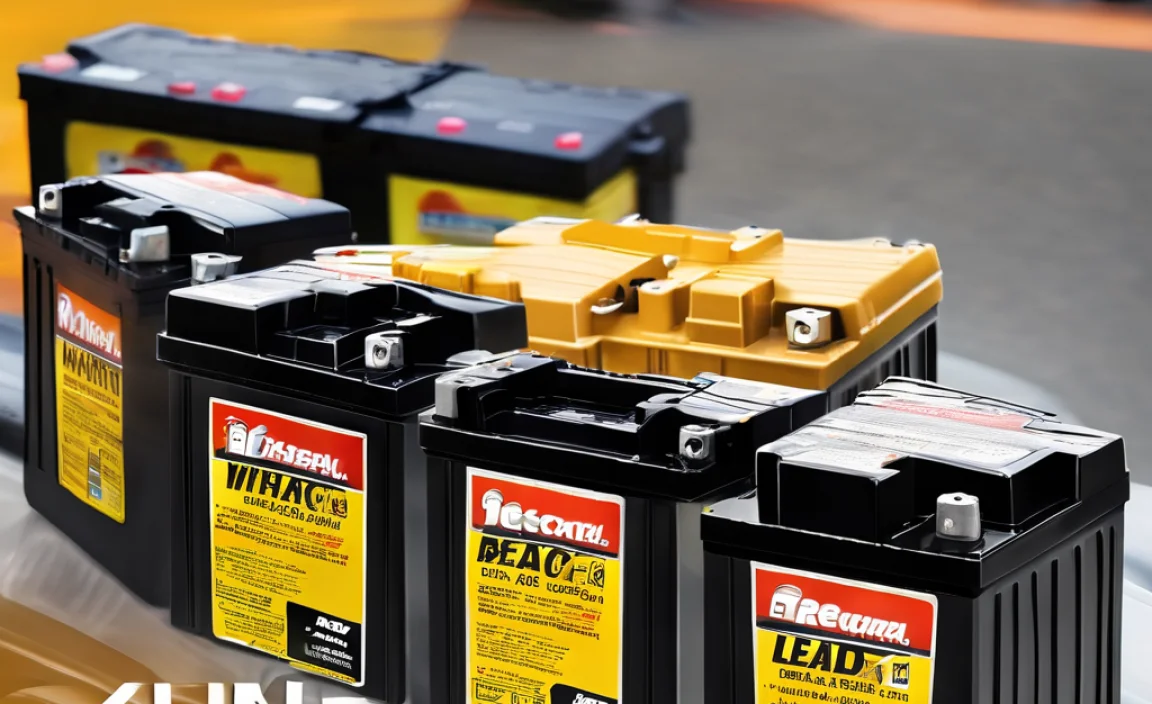Adapted PE for Autism: Effortless Fun
Adapted PE activities for autism can unlock a world of physical and social engagement for children on the autism spectrum, transforming potentially challenging experiences into moments of genuine enjoyment and success. For many autistic individuals, traditional physical education settings can present a unique set of hurdles. Sensory sensitivities, difficulties with social cues, communication barriers, and motor planning challenges can all contribute to anxiety and disengagement in a typical gym class. However, with thoughtful planning, creative adaptation, and a focus on individual strengths, physical education can become not just accessible, but a deeply rewarding and fun part of an autistic child’s life. The key lies in understanding the specific needs of each child and tailoring activities to foster their participation and enjoyment.
The foundation of successful adapted physical education for autism rests on a deep understanding of autistic learning styles and sensory processing differences. Many autistic children benefit from clear, predictable routines and explicit instructions. Visual aids, such as picture schedules or demonstration videos, can significantly reduce anxiety and improve comprehension. Similarly, recognizing and accommodating sensory sensitivities is paramount. Some children may be overwhelmed by loud noises, bright lights, or crowded spaces, while others may seek out deep pressure or proprioceptive input. By creating a calm, organized environment and offering a variety of sensory experiences within the activities, educators can significantly enhance engagement and minimize distress. This might involve using softer balls, providing noise-canceling headphones, or incorporating sensory bins with varied textures.
Tailoring Adapted PE Activities for Autism to Individual Needs
When designing adapted PE activities for autism, the focus shifts from a one-size-fits-all approach to a personalized experience. The first step involves a thorough assessment of the child’s strengths, interests, and challenges. What movements do they naturally gravitate towards? What activities illicit a positive response? What sensory preferences do they exhibit? For instance, a child who is fascinated by trains might respond well to activities that involve repetitive motions, like stationary cycling or gliding on a scooter. Another child who enjoys tactile input might find great joy in parachute play or sensory balls.
Furthermore, breaking down complex motor skills into smaller, manageable steps is crucial. Instead of simply asking a child to “throw a ball,” an adapted PE professional might guide them through a series of steps: “Hold the ball,” “Reach back,” “Step forward,” “Throw the ball.” Using visual cues, verbal prompts, and physical assistance can help the child learn and master the skill. Celebrating small victories along the way, offering positive reinforcement, and allowing opportunities for self-correction without pressure are vital for building confidence and a positive association with physical activity.
Embracing Variety in Adapted PE Activities for Autism
The spectrum of adapted PE activities for autism is broad and should encompass a range of movement experiences to cater to diverse needs and interests. Some excellent examples include:
Gross Motor Skills Development: Activities like obstacle courses with clear visual markers, beanbag toss into designated targets, balloon batting (gentler than balls), and scooter board challenges can enhance balance, coordination, and spatial awareness.
Sensory Integration: Incorporating sensory elements can be highly beneficial. Activities like jumping on a trampoline to regulate sensory input, playing with textured balls, or engaging in rhythmic movements like marching or dancing can be both therapeutic and fun.
Fine Motor Skills: While often overlooked in PE, developing fine motor skills can be integrated through activities like threading large beads onto a string, building with large blocks, or even using modified throwing or catching techniques with larger, lighter objects.
Social Interaction: For children who struggle with social cues, adapted PE can provide a safe space to practice these skills. Cooperative games, like passing a ball back and forth with a partner, or taking turns in a group activity, can be initiated with clear rules and supportive guidance.
Water-Based Activities: Swimming or water play can be incredibly beneficial for many autistic individuals. The hydrostatic pressure of the water can be calming, and the reduced gravity makes movement easier and often more enjoyable.
Self-Regulation Strategies: Activities that promote self-regulation, such as deep breathing exercises, yoga poses (modified for comfort), or simply engaging in sustained, rhythmic movement like walking or cycling, can teach valuable coping mechanisms.
Creating an Environment of Effortless Fun
The overarching goal is to cultivate an environment where adapted PE activities for autism feel less like a chore and more like an opportunity for exploration and enjoyment. This means f ocusing on effort and participation rather than perfect execution. The emphasis should be on the process of movement and the positive experience derived from it.
Educators and parents play a crucial role in fostering this atmosphere. Enthusiasm, patience, and a willingness to adapt on the fly are key. Observing the child’s engagement and adjusting the activity accordingly ensures that it remains stimulating and enjoyable. If an activity is causing frustration, it’s okay to modify it or switch to something else. The journey towards physical literacy and enjoyment for autistic children is unique and requires a flexible, compassionate approach. By embracing creativity and understanding, adapted PE can truly become a source of effortless fun, empowering autistic individuals to discover the joy of movement and all the physical and social benefits that come with it.


